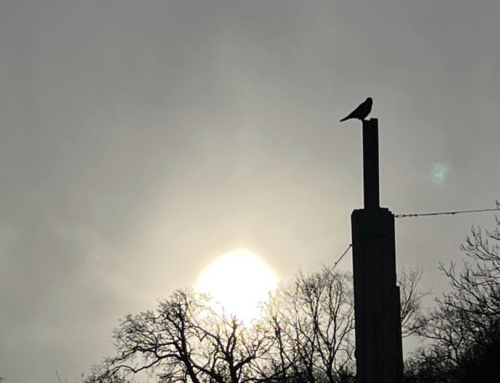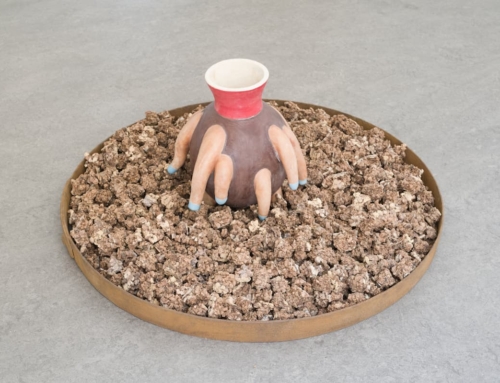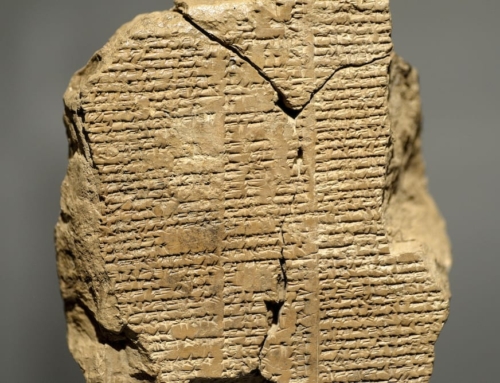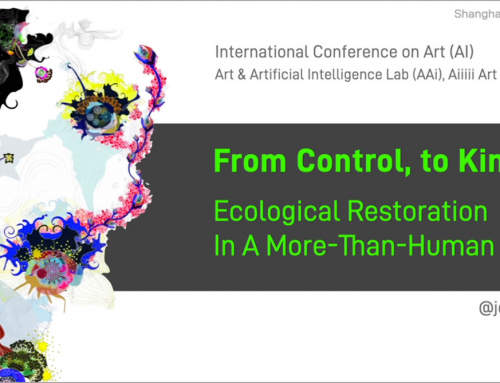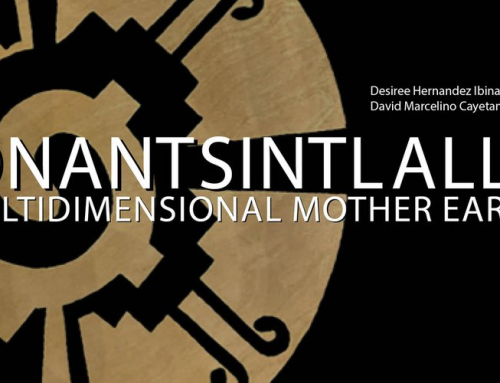If a client offers you a budget of $1500 per person to design a large event for thousands of people, do you refuse? I don’t think so.
The environmental impact of large trade shows and conferences might be damaging – and the experience for those attending them may be impoverished – but the event design industry is flourishing.That much was clear at last week’s Event Design Forum in New York.
Although the first such gathering to be staged, the event sold out well in advance (making its organiser, Dan Hanover, a happy man). Hundreds of professionals from a wide range of design disciplines converged on the Puck Building to swap war stories about everything from storytelling to touch screens, holograms to hospitality.
This is not, I discovered, a shy and retiring industry. Its firms have names like Momentum, Impact, Velocity, Sparks. There was much talk of ‘killer ideas’ and ‘cocreating impact’. Stories had to “engage a target’.
My job was to be the speaker at lunchtime. I duly ranted about the wastefulness of resources in set-piece events. I whined that people going to the Olympics emit 35,000 tons of carbon in a couple of weeks.
I complained about the point-to-mass thinking that lies behind so many set-piece spectacles. I also pouted that pre-packaged experiences are being made worse, not better, by push media and high-powered displays.
Confronted by such a red-blooded crowd, I thought my story would lead to me *being* the lunch.
But a strange thing happened. A lot of people said they shared my concerns. As so often happens, designers as people are concerned about issues that are hard to raise in their working lives.
And these concerned designers wanted to know, ‘what else can we do?’.
People I talked with in New York used words like treadmill and conveyor belt to describe their role as designers in this big bad industry. Which, they also pointed out, correctly, is no worse than most other industries.
So what are the alternatives to today’s mainstream of trade shows and events?
I suggested, in New York, that we explore ways to deliver three kinds of quality in the meetings we design.
The first is quality time. We should design for both fast and slow speeds in the events we create, and thereby add social value to the experiences we have at them. We should design chunks of empty time into the trade show day – time that contais no content, at all. (This subject was explored in an event Doors organised in Europe for the High Speed Train Network )
The second quality is place. Why erect vast, noisy, short-life structures – at huge cost – when existing places can be so much more interesting? We should follow the lead taken by artists: they frequently squat abandoned buildings and bring them back to life through sheer creative activity. As an example of this, an event in Germany called ENTRY2006 will take place at Zollverein which used to be Europe’s largest coal washing facility.
The third quality is encounter. In Rajhastan, travelling storytellers go from village to village, unannounced, and simply start a performance when they arrive. No sets, no LEds. Although each story has a familiar plot – the story telling tradition dates back thousands of years – each event is unique. Prompted by the storytellers, who hold up pictorial symbols on sticks, the villagers interact with the story. They joke, interject, and sometimes argue with the storyteller. They are part of the performance. Hearing about these storytellers reminds how much we have lost of the un-mediated, impromptu interactions that once made daily life so vital.
